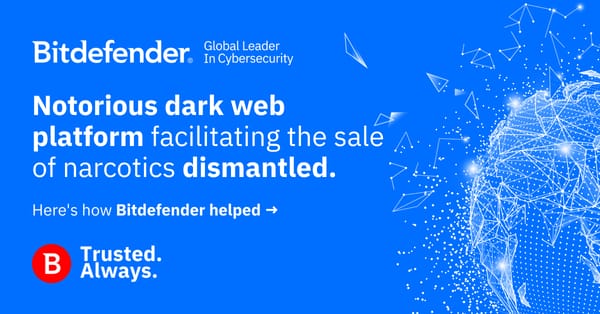Online harassment worsens in US, research shows

We risk compromising our security and privacy every time we browse a website for the first time, use email, or engage in social activities on platforms like Facebook and Twitter. Malware aside, there is always the possibility of getting cyberbullied, or harassed, as 41% of Americans will tell you.
Four in 10 Americans have personally suffered at least one type of online harassment, Pew Research reports, which represents a 14% increase from 2014 when the firm last conducted this survey.
A breakdown of the types of harassment reported by online users includes:
- name-calling online (27%)
- efforts to embarrass someone (22%)
- physical threats (10%)
- stalking (7%)
- harassment over a sustained period (7%)
- sexual harassment (6%).
Of the total 41% of respondents admitting to being bullied online, 18% say they have experienced “particularly severe forms of harassment,” such as stalking, physical threats, sexual harassment or harassment over long periods.
66% of the 4,248 U.S. adults polled reported “witnessing” these behaviors directed at others. While these behaviors occur in a wide range of online venues, social media platforms like Facebook, Instagram, Twitter and Snapchat remain an “especially fertile ground for online harassment.”
“Real-world consequences”
Cyberbullies usually target a personal or physical trait, the research shows. 14% of Americans say they have been the target of online harassment because of their political views, and about one in 10 have been called names based on their physical appearance (9%), race or ethnicity (8%), or gender (8%). Perhaps more worrying is the close relationship some of these people have with their oppressors. Experiences involving acquaintances, friends or even family members are not unheard of, as some respondents revealed.
“For those who experience online harassment directly, these encounters can have profound real-world consequences, ranging from mental or emotional stress to reputational damage or even fear for one”s personal safety,” Maeve Duggan reports for Pew Research.
A good example of this is the recent shut-down of the WangGuard splog hunting service due to death threats targeted at its author. Because of WangGuard”s 99.9% detection rate, developer and father José Conti said for years he received “almost daily death threats from mafias for making them lose millions of dollars.” He ultimately decided his family”s safety was more important than his splog thwarting tool, so he shut down the service, severing an important stream of income.
Non-victims also affected
Online harassment has a profound impact not just on actual victims but also on bystanders. Some 27% of Americans began having second thoughts about posting online after witnessing harassment of others, the survey also reveals.
13% have altogether stopped using an online service after observing such acts, which affects the service itself by reducing its popularity and its market share. But one brazen demographic chooses to intervene when they witness abusive behavior directed at others. A full 30% said they regularly step in to try to stop persecution of others.
Who is responsible?
Opinions are divided on how to address the problem, but 79% of Americans agree it is the responsibility of the vendors themselves to step in when cyberbullying occurs on their platforms. However, this also opens debates over striking a balance between user safety and free, open speech.
Pew”s full research note can be found here. It is packed full with other important findings, including how experiences and attitudes toward online harassment vary by gender, how victims of severe forms of online harassment have experienced personality changes, and how the web”s anonymity blanket helps spread online harassment.
Have you been a victim of cyberbullying, or witnessed such acts online? Share your own experience in the comments below.
tags
Author
Filip has 15 years of experience in technology journalism. In recent years, he has turned his focus to cybersecurity in his role as Information Security Analyst at Bitdefender.
View all postsRight now Top posts
Torrents with Pirated TV Shows Used to Push Lumma Stealer Malware
November 14, 2024
What Key Cyberthreats Do Small Businesses Face?
September 06, 2024
FOLLOW US ON SOCIAL MEDIA
You might also like
Bookmarks








